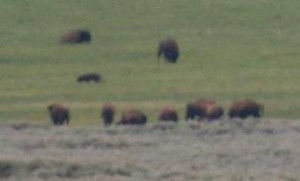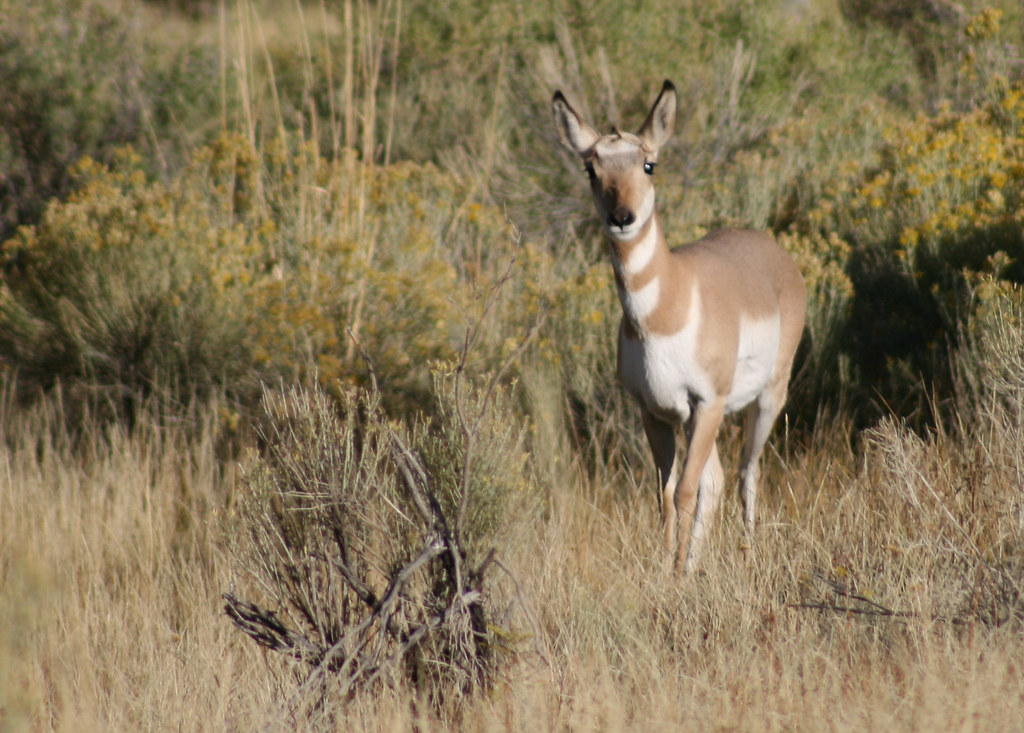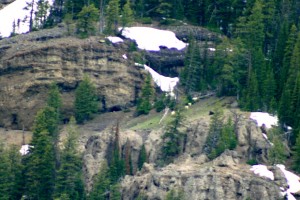Best Guesses for Wildlife Viewing
“As I learned about ecosystems like this one, I was surprised how angry I became. I was mad at humans for being so selfish to pollute the Earth constantly without any thought as to how their actions would impact it. I was upset at myself for not caring before and making decisions that would hurt the planet.” – student participant
Are you curious about what wildlife we are likely to see? Here are some tentative answers.
I’ve been to Yellowstone in June on multiple occasions, and have experience looking for most of the following species. (Unfortunately, I’ve never seen those marked with an asterisk*.)
I’m constructing the course to include opportunities to spot popular animals, based on being there in late June with average snowpack and weather. I know enough to be able to adjust our itinerary a little if the weather is unusual.
As they say in financial prospectuses, past performance is no guarantee of future results. But this is Pahre’s best estimate of the likelihood of seeing the following animals during our week in Yellowstone. I’ve listed the likely locations so that you can guess what species we might see on particular days.
If you have your heart set on seeing a particular species, you’ll probably jinx us – – so don’t do that. We have to save something for your next trip to Yellowstone.
| Species | Likelihood | Sightings | Places | |||
| Bison, calves | Near certainty | Every year | Northern Range | |||
| Elk, calves | Near certainty | Every year | Northern Range | |||
| Small rodents | Near certainty | Every year | Anywhere | |||
| Coyote | Likely | Every year | Anywhere | |||
| Pronghorn | Likely | Every year | Timbered Island | |||
| Spawning trout | Somewhat likely | Varies | Various lakes | |||
| Corvids (ravens, whiskeyjacks, magpies) | Very likely | Every year | Anywhere | |||
| Beaver sign (dams) | Very likely (if tried) | Beaver Ponds | ||||
| Wolves | Somewhat likely | More than half | Lamar, Hayden | |||
| Bighorn sheep | Somewhat likely | About half the times | Blacktail Plateau | |||
| Black bear | Fairly likely | Every year | Roosevelt | |||
| Moose | Fairly likely | Most years | Tetons | |||
| Sandhill cranes | Fairly likely | Most years | Madison | |||
| Mule deer | Fairly likely | Every year | Northern Range | |||
| Osprey | Somewhat likely | About half | Canyon | |||
| Bald eagle | Fairly likely | More than half | Madison | |||
| Pelican | Fairly likely | Every year | Snake River | |||
| Grizzly bear | Likely | Every year but one | Lamar, Hayden | |||
| River otters* | 50-50 if we try | Once | Trout Lake | |||
| Beavers | Unlikely | Not yet! | Rivers | |||
| Red fox | Somewhat likely | About half | Anywhere | |||
| Badger | Somewhat likely | About half | Lamar | |||
| Snowshoe hare | Unlikely | Once | Tetons | |||
| Porcupine | Unlikely | Once | Tetons | |||
| Marmot | Likely | Almost always | Tetons; Storm Point | |||
| Trumpeter Swan | Somewhat likely | Less than half | Madison | |||
| Pine marten | Unlikely | Once or twice | Tetons | |||
| Pika | Somewhat likely | About one in four | Tetons | |||
| Gopher snake | Somewhat likely | About one in four | Gardiner region | |||
| Rattlesnake | Very unlikely | Not yet! | Gardiner region | |||
| Bobcat* | Very unlikely | Not yet! | Nocturnal, elusive | |||
| Mountain lion* | Very unlikely | Not yet! | Nocturnal, elusive | |||
| Wolverine* | Very unlikely | Not yet! | Nocturnal, elusive |
 This picture is an example of “at a distance” wolf-spotting. With normal binoculars, you’ll see about this level of detail. The photo is taken through a 200mm zoom lens.
This picture is an example of “at a distance” wolf-spotting. With normal binoculars, you’ll see about this level of detail. The photo is taken through a 200mm zoom lens.
The wolf is walking through the bison herd to see if anyone is sick or wounded. The bison aren’t really concerned.
Our mountain goat sightings also come at this distance. See if you can find the mountain goats in the image to the right.




